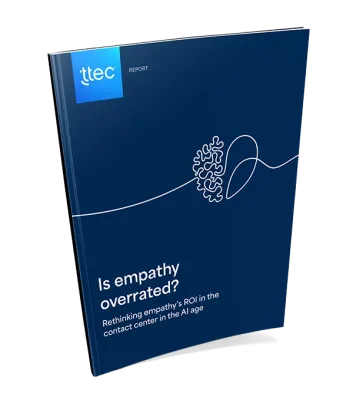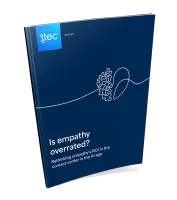Hospitals and health systems are at the front line in battling the COVID-19 pandemic. Rapid responses to surging patient call volumes are critical. We’ve identified three urgent issues where healthcare outsourcing and innovative messaging technology offer fast, viable ways to ramp up support channels and optimize contact center operations with skilled associates.
1. Agent shortage
Contact center agents serve a critical role in clarifying information and answering questions. Mobilizing associates to handle the surge in call volume at hospitals and health systems, especially when contact centers and other offices are closed under quarantine, is a crucial issue.
How to fix it:
Moving an existing workforce into work-from-home settings is critically important, but many organizations need additional support. This is where healthcare outsourcing via a virtual workforce is vital. A virtual workforce that meets prevailing regulatory and security requirements offers a broader pool of available associates. Additionally, remote workforces can be scaled up or down as needed and increase operational efficiencies while reducing costs associated with a brick-and-mortar location.
2. Long wait times
Some people need fast, simple answers from the hospital; others want to speak with a live person. All of these different needs are creating a bottleneck, leading to frustratingly long wait times.
How to fix it:
Message and chat-based services allow individuals to get support anytime, anywhere, on any device. For example, individuals can use a chatbot on a messaging platform to enter their symptoms and/or questions and then are triaged to the right channel. In some cases, the bot may suggest a solution to a simple question. And when the message is transferred to a nurse or physician, he or she already has the information needed to begin diagnosing the patient through telemedicine.
3. Sudden volume spikes
Staffing a crisis hotline is challenging because calls can suddenly spike at a moment’s notice. There comes a point when associates can only answer so many calls at one time. Hospitals around the world are rethinking how to best use their workforces to maximize capacity. Contact centers are no different.
How to fix it:
An at-home model with a rapidly deployable workforce helps organizations accommodate for daily fluctuations. Also, adding a messaging channel expands the number of customer conversations an associate can concurrently handle. An associate can handle 4 messaging sessions concurrently—4 times the rate of a regular voice channel. During peak periods, for example, callers can be directed to text their questions for faster support, which will also reduce call volumes. During a slowdown, associates can switch back to answering phone calls.
With the health crisis changing by the hour, healthcare providers need fast and effective ways to communicate with populations. Proven approaches like remote workforces and customer service automation are already making an impact across industries around the world and are ready to be deployed.
Interested in learning more? Watch the on-demand webinar, Overcoming Top Healthcare CX Challenges, where we discuss how to seamlessly transition your associates to a secure at-home environment while augmenting their ability to meet surging healthcare consumer demands via messaging channels and intelligent automation.















